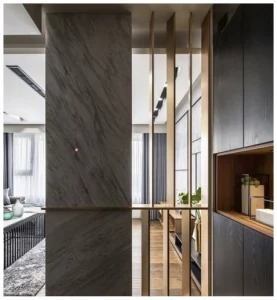Mobile friendly online experience
2 min read
Most of you might have heard about the receptive design and why is it considered the primary option for creating mobile friendly user online experience. It has a lot of advantages like usability issues, duplicate content handling, link building and mobile search rankings. It is recommended to use a responsive website design, which also makes sense from user’s point of view.
Let’s study a compelling case on responsive design. Responsive pages are not only tricky in terms of web development, but if its original desktop version has many data and content, it becomes tougher. Suppose if you’re working for some client who has thousands and millions of pages, you can think about how difficult it will prove to be, once redesigning of entire site is considered. The main motto of the process is to build a responsive design. A separate mobile page can start with fewer pages and lately, keep on adding more as you explore and collect time. For those, where mobile user needs are different from the that of the desktop, responsive design is not always the best option for such cases. Therefore, it requires drastically new and different content. So, one cannot rely on this solution that responsive design is an all end to your conclusive road.
The first step in the process you’ll observe is information architecture. Most of us might agree that mobile interface provides completely different proficiency from the desktop styles. Does your mobile site imitate user’s determination? Are mobile users networking with your site differently than desktop users? If so, then your mobile site design needs this one to reproduce. And if you’re not sure about the same, then have a look and analyze the mobile traffic. Already, there are ‘advanced segments’ for tablet as well as mobile traffic in Google Analytics. The mobile segment also includes tablet traffic and one might need to create custom segment if they are willing to view only non-tablet mobile traffic.
Things, which are designed with user’s perspective, are catchy and attract views. Have you thought of it before? Once your clear with your goals, you should design your site in such a manner that it matches most common reasons for visiting the site on a mobile device. The interface should be user friendly and easy to cope up. An easy example to understand this is by finding the nearest store. This feature might be less projecting for desktop users but mobile users might find it on their homepage itself. You can also take advantage of some of those specific features to advance user experience. Take a look at the site here for further information in this regard.




